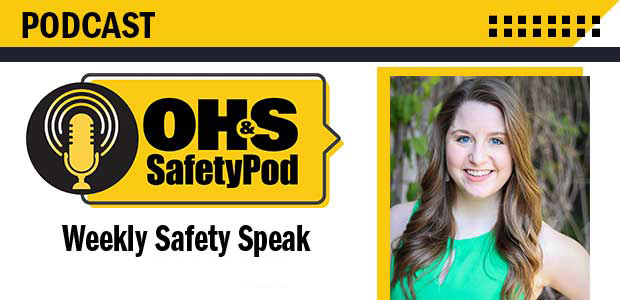
Episode 134
The Right to Know: How Hazard Communication Became Standard
Editor Sydny Shepard takes a look back at the history of the Hazard Communication Standard and its recent alignment with the Globally Harmonized System.
- By Sydny Shepard
- Apr 04, 2022
Workers today understand that they do not have to work in an environment that jeopardizes their health, but it wasn’t always that way. Employers had not always been incentivized to ensure safe work and certainly were not looking at citations, violations or penalties for failing to provide personal protective equipment, safety training or data highlighting a job site’s hazards.
If you have been a regular listener of the podcast this year, you know that each month we will be taking a historic deep dive into safety and health topics in each of our print issues this year to celebrate OH&S’ 90th birthday and in turn creating complimentary podcast episodes to the print articles. For OH&S’ special 90th anniversary coverage in the April issue, we are going to take a look back at the history of the Hazard Communication Standard, which also became known as the “Right to Know” laws. We will take a look at how this standard was created, the evolution of the standard and how employers and safety professionals can ensure compliance.
If you have a topic you'd like us to cover on OH&S SafetyPod, feel free to email us at [email protected].
Download or stream this episode today at Apple Podcasts, Google Podcasts, Stitcher, Spotify and more.
About the Author
Sydny Shepard is the former editor of Occupational Health & Safety.